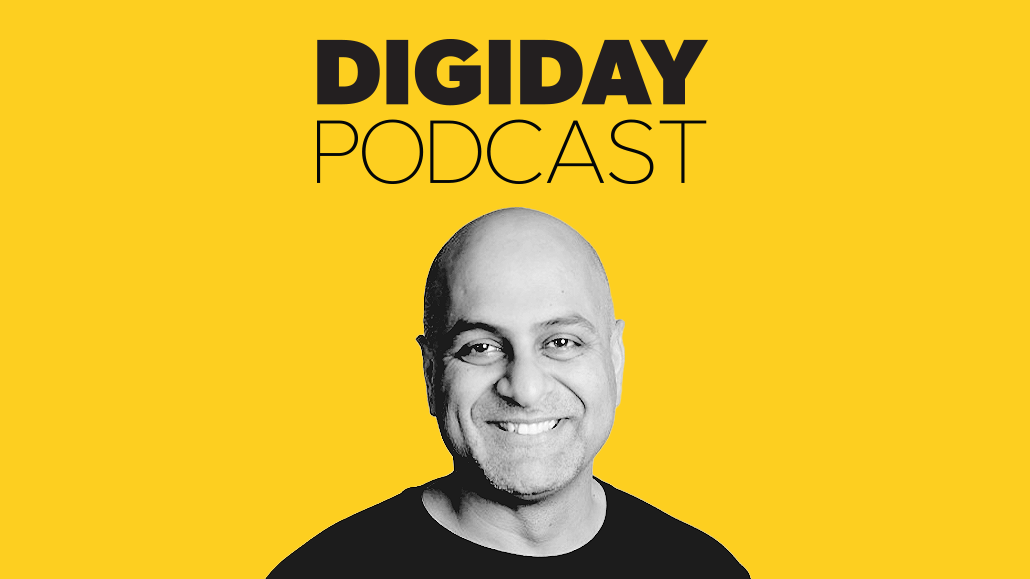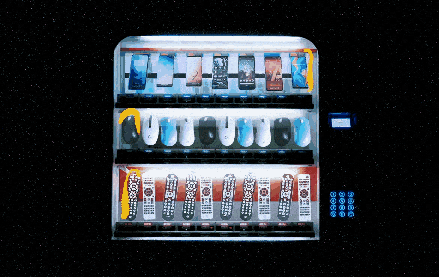GroupM’s Bharad Ramesh explains why TV advertising’s measurement shift is only getting started

Subscribe: Apple Podcasts • Stitcher • Spotify
Heading into this year’s annual TV advertising upfront negotiations, the big story was whether TV ad buyers and sellers would move en masse away from using Nielsen’s measurements as the currency for their upfront deals. They didn’t. However, that doesn’t mean the measurement makeover wave has ebbed, GroupM executive director of research and investment analytics Bharad Ramesh said in the latest episode of the Digiday Podcast.
“I don’t know if things have quieted down. They may be quiet publicly, but we know internally — and I know speaking for some of our other agency peers — internally there’s a lot of work going on in terms of lining up tests or talking to networks about shadowing currencies or even, in the case of another agency, piloting for the upfront with an alternative currency,” said Ramesh.
Much of the industry’s measurement work currently revolves around testing the various measurement providers in order to assess their pros and cons. For example, GroupM has been running tests with more than a dozen of its largest clients to evaluate measurement providers — including iSpot.tv and Comscore as well as Nielsen’s upcoming revamped measurement system Nielsen One — so that in the first quarter of 2023, WPP’s ad buying arm and its clients can decide on which to use as currencies in next year’s upfront market.
“Essentially we’re taking a campaign that’s scheduled to run in Q2 and Q3 of this year, and we want to be able to capture the campaign with the alternate providers where possible,” said Ramesh. However, he added, “the goal is not to compare and contrast as much as to understand where each of these currencies are in terms of their readiness.”
Here are a few highlights from the conversation, which have been edited for length and clarity.
Decision time
Our goal is to be in a position [in] Q1 of next year where our clients and our client teams are familiar with these alternatives. So the decision time for us, it’s always been — and we’ve been saying this since last November — the next upfront, 2023-24. We want to assess all these currency providers, make sure our clients and client teams [get] a first-hand look at what’s happening, what’s real and what’s not. And then get to the point early next year where we can make an informed decision.
Counting and converting the currencies
The trading currency is going to be one or two. It wouldn’t be done on a campaign basis because I can’t have one campaign on iSpot, another campaign on Nielsen, another campaign on VideoAmp. That will just confuse everybody. What we are trying to also solve for, as a GroupM solution, is to try and come up with a currency converted in some way or form.
The universal support sticking point
The reason we can’t use one alternate currency across this upfront is because it’s not applicable across all the media providers. If it’s one client, we would expect to use the same currency for that one client across the ecosystem. The reason we are not using these alternative currencies in the upfront is exactly because every network has their choice and it doesn’t work for our clients.
Bigger than TV
If you look at our top 10 video partners today, it includes Amazon, Roku and YouTube. Going forward, it may include one or two social platforms. It might include [Dotdash] Meredith with their premium video offering or Condé [Nast] with their video offering. The moment you’re saying that the measurement system is going to unify linear and online, with [connected TV] in between, then all of a sudden my choice set of premium video partners from a TV buy goes from just the networks and Amazon and Roku to Condé and Meredith also. And there’s a whole conversation on TikTok that you need to have at some point, and Twitter. Essentially, as your definition of premium video expands beyond just the traditional network partners, the currency needs to be scaled across all of it.
More in Future of TV

CMO Strategies: Advertisers weigh success metrics and challenges on ad-supported streaming platforms
This is the fifth and final installment in Digiday’s multi-part series covering the top ad-supported streaming services and part of Digiday’s CMO Strategies series. In this report, we examine the success metrics advertisers consider when placing ads on streaming platforms and the challenges they face on those platforms.

Future of TV Briefing: Upfront ad sellers prep performance-based pitches to address ad buyers’ ROI obsession
This week’s Future of TV Briefing looks at how TV and streaming ad sellers looking to make more outcome-oriented pitches in this year’s upfront market.

CMO Strategies: Marketers say demographic data is most important for ad targeting on streaming platforms
This is the fourth installment in Digiday’s multi-part series covering the top ad-supported streaming services and part of Digiday’s CMO Strategies series. In this report, we examine which types of first-party data are most important to marketers for ad targeting on streaming platforms.







